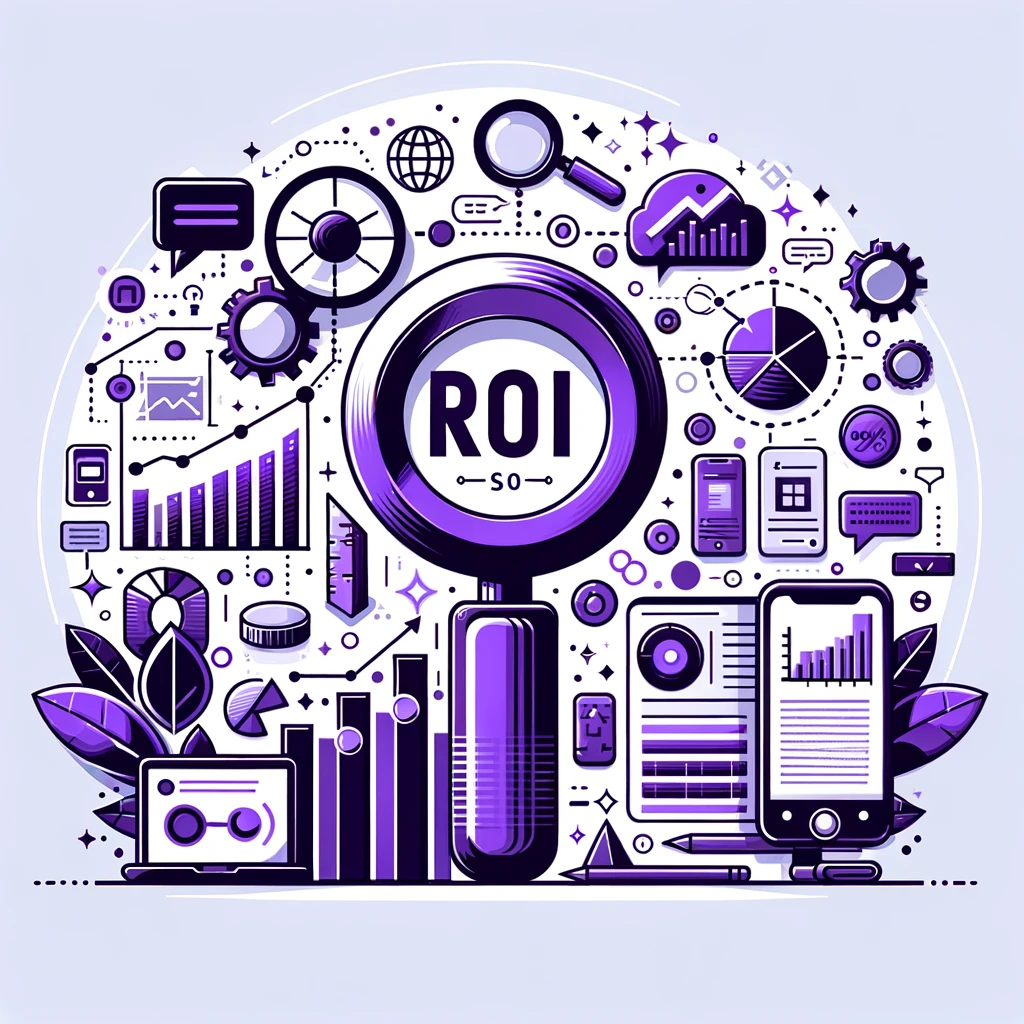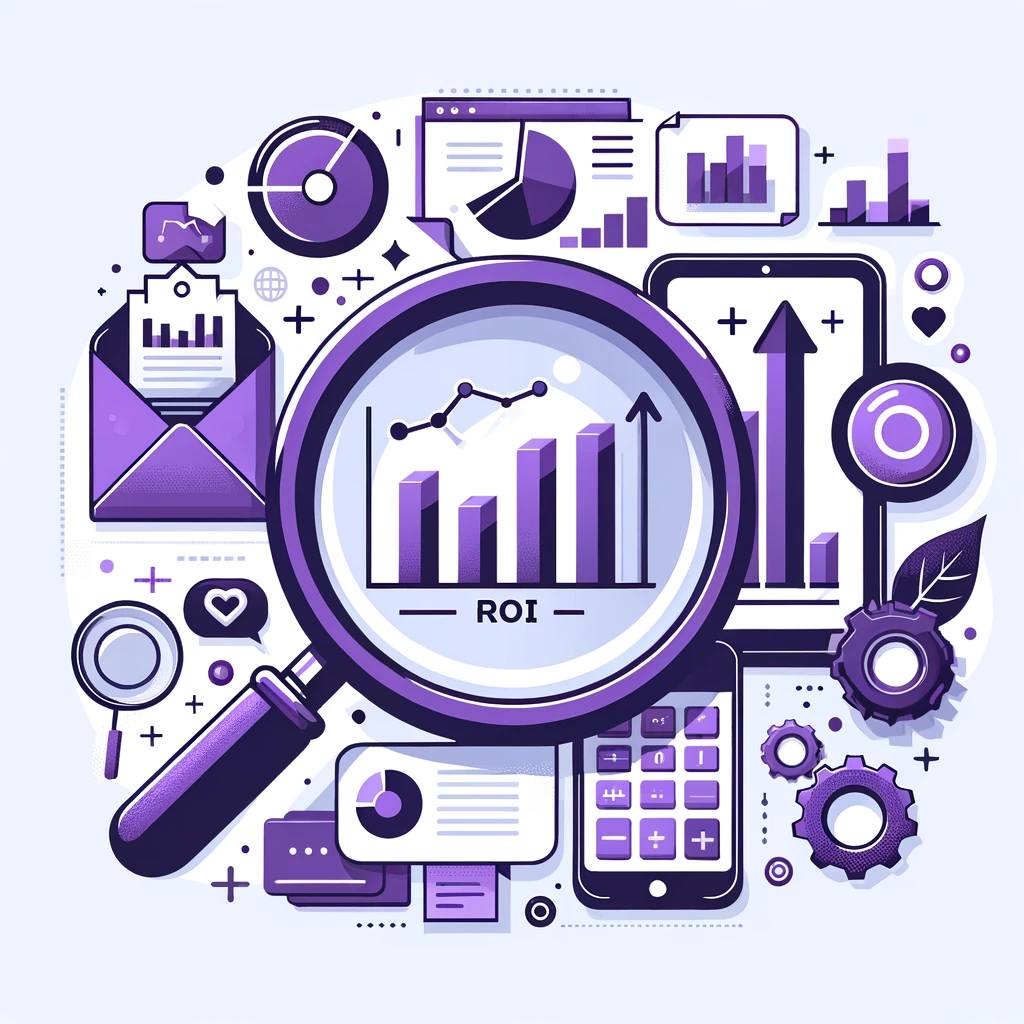In today’s digital landscape, businesses are continually seeking ways to enhance their online presence and drive revenue. One of the most effective strategies that content agencies employ for achieving these goals is through content marketing and digital content solutions.
However, without proper measurement techniques in place, it can be challenging to determine the return on investment (ROI) of content marketing campaigns for e-commerce and other businesses. In this guide, we’ll delve into the various methods for measuring the ROI of digital content solutions and how they can impact your overall marketing strategy.
Understanding the Importance of Measuring ROI
Before diving into the specifics of measuring ROI, it’s crucial to understand why it matters. ROI measurement provides valuable insights for content agencies into the effectiveness of their content marketing efforts. By determining the return on investment, you can identify which strategies are yielding the highest results and allocate resources accordingly.
Additionally, ROI measurement allows you to make data-driven decisions, optimize your marketing strategies, and demonstrate the value of content marketing to key stakeholders within your organization.
One of the most common methods for measuring ROI is through website analytics. By tracking metrics such as website traffic, conversions, and engagement, you can gain valuable insights into the performance of your content marketing campaigns.
For example, if you notice a significant increase in website traffic following the launch of a new content piece, it’s likely that your campaign is resonating with your target audience. Similarly, tracking conversion rates can help you determine the effectiveness of your content in driving action and generating leads.
Leveraging Customer-Focused SEO Strategies
In today’s competitive online landscape, search engine optimization (SEO) plays a crucial role in the success of content marketing campaigns. By optimizing your content for relevant keywords and phrases, you can improve your visibility in search engine results and attract more organic traffic to your website.
However, traditional SEO tactics alone are no longer sufficient. To truly stand out in the digital content solutions arena, businesses must adopt a customer-focused SEO strategy that prioritizes the needs and preferences of their target audience.
One key aspect of a customer-focused SEO strategy is understanding the intent behind search queries. By analyzing the search intent of your target audience, you can create content that aligns with their needs and provides value.
For example, if your target audience is searching for information on “social media video production,” you can create content that offers tips, best practices, and case studies related to this topic. By addressing the specific needs of your audience, you can attract more qualified leads and improve the effectiveness of your content marketing efforts.
Why This Matters?

Measuring the ROI of digital content solutions is crucial for understanding the effectiveness of marketing efforts and ensuring that investments are driving desired business outcomes. It enables businesses to quantify the success of their content marketing strategies, allocate resources more efficiently, and optimize future campaigns to maximize returns.
With an average ROI for digital marketing reported at 122% in 2021, it’s clear that digital content can significantly impact a company’s bottom line when utilized effectively. This statistic underscores the importance of digital marketing in contemporary business practices, highlighting its role in driving profitability and innovation within the marketing realm (ZipDo, 2024).
Moreover, 72% of the most successful marketers in North America emphasize measuring the ROI of their content marketing, indicating a strong correlation between strategic ROI analysis and marketing success. This approach allows for better planning and execution of content strategies, ensuring that marketing efforts are not only creative but also financially sound and aligned with business objectives (Ahrefs, 2024).
An expert in the field, Sirius Decisions, points out that as much as 60-70% of content is never utilized, which suggests a significant area of potential waste and inefficiency in content marketing. By measuring ROI, businesses can identify underperforming content and adjust their strategies accordingly, ensuring that their marketing efforts lead to tangible business value and contribute to the overarching goals of the company (Digital Marketing Institute).
For further insights into the importance of measuring ROI in digital content and strategies for effective analysis, visit ZipDo’s overview on digital marketing ROI statistics at ZipDo and the comprehensive guide by the Digital Marketing Institute at Digital Marketing Institute. These resources provide valuable information on optimizing digital content strategies for maximum return on investment.
How Can You Implement These Strategies
Now that we’ve explored the importance of measuring ROI and leveraging customer-focused SEO strategies, let’s take a closer look at how businesses can implement these techniques in their content marketing campaigns.
When it comes to measuring the effectiveness of content marketing campaigns, several key metrics play a crucial role in providing insights into performance and ROI. Let’s explore some of these essential metrics:
1. Website Traffic:
Website traffic refers to the number of visitors who land on your website over a specific period. Monitoring website traffic allows you to track the effectiveness of your content in attracting visitors and driving engagement. By analyzing traffic patterns and sources, you can identify which content pieces are resonating with your audience and driving the most visits to your site.
2. Conversion Rate:
The conversion rate measures the percentage of website visitors who take a desired action, such as making a purchase, filling out a form, or subscribing to a newsletter. A high conversion rate indicates that your content is effectively persuading visitors to take action, ultimately driving business objectives. By tracking conversion rates, you can identify areas for improvement and optimize your content to drive more conversions.
3. Engagement Metrics:
Engagement metrics, such as bounce rate, time on page, and social shares, provide insights into how users interact with your content. A low bounce rate and high average time on page indicate that visitors are finding value in your content and engaging with it in meaningful ways. Similarly, social shares indicate that your content is resonating with your audience and driving engagement on social media platforms.
4. Lead Generation:
Lead generation metrics track the number of leads generated through content marketing efforts. This includes metrics such as form submissions, email sign-ups, and gated content downloads. By monitoring lead generation metrics, you can assess the effectiveness of your content in capturing and nurturing leads throughout the sales funnel. Additionally, tracking lead quality metrics, such as lead-to-customer conversion rate, allows you to measure the impact of your content on revenue generation.
5. Return on Investment (ROI):
ROI measures the overall effectiveness of your content marketing efforts by comparing the return generated to the investment made. Calculating ROI involves determining the monetary value of outcomes such as increased sales, cost savings, and customer retention attributable to content marketing activities. By measuring ROI, you can evaluate the profitability of your content marketing campaigns and make informed decisions about resource allocation and strategy optimization.
By monitoring these key metrics and analyzing their trends over time, businesses can gain valuable insights into the performance and effectiveness of their content marketing campaigns. Utilizing data-driven insights allows for continuous improvement and optimization, ultimately driving better results and ROI.


